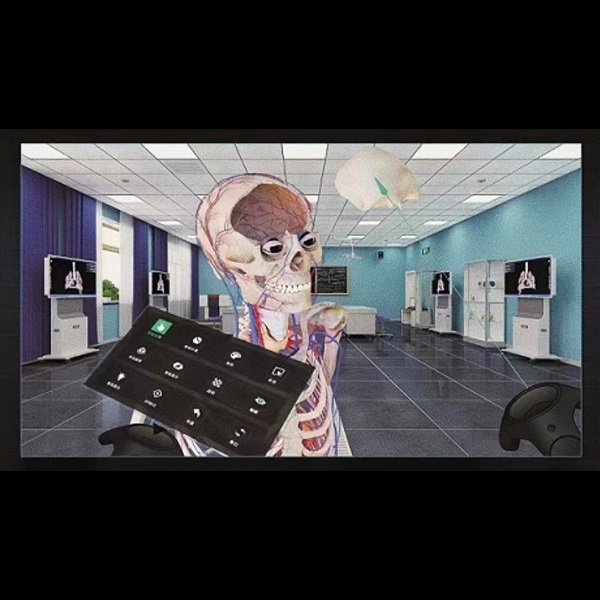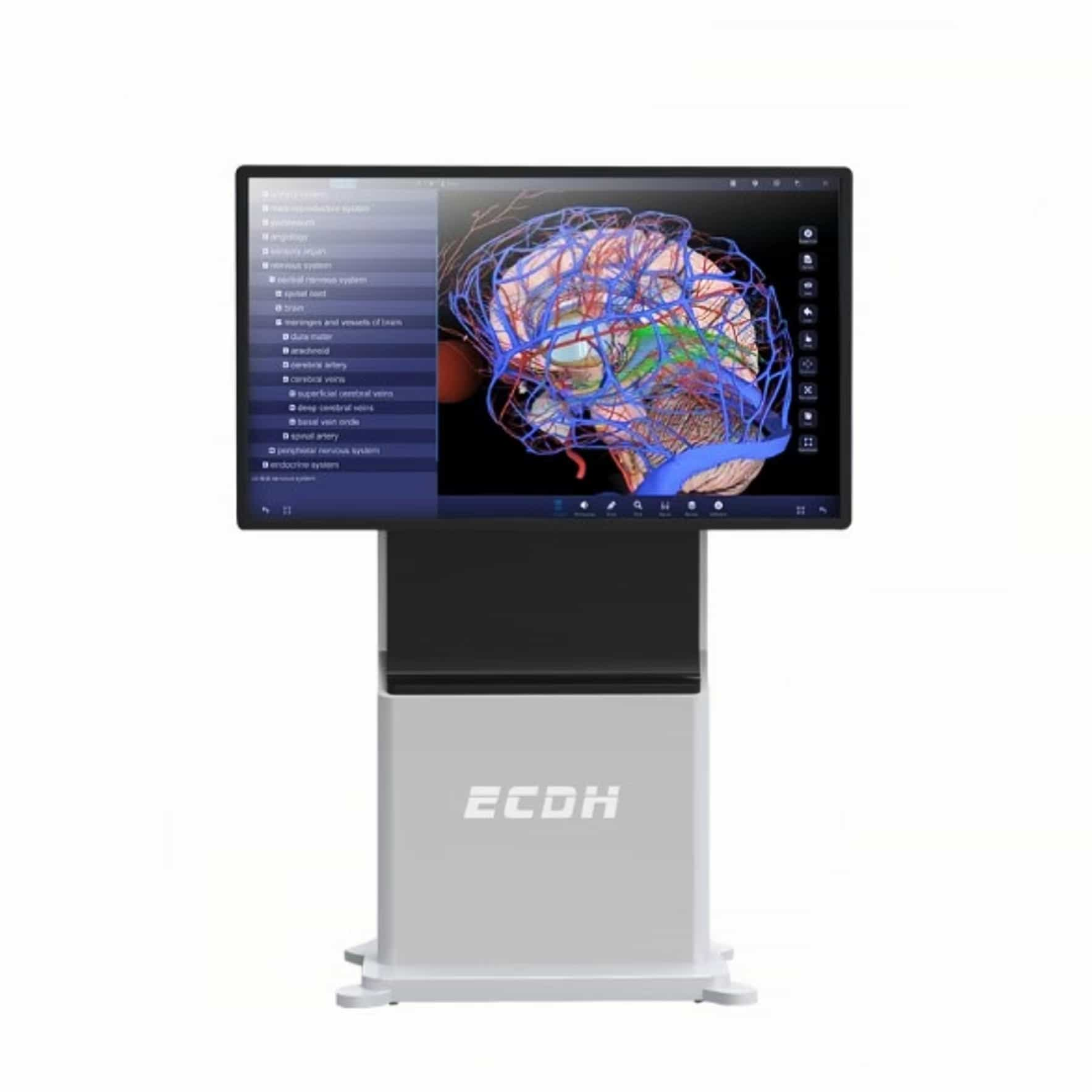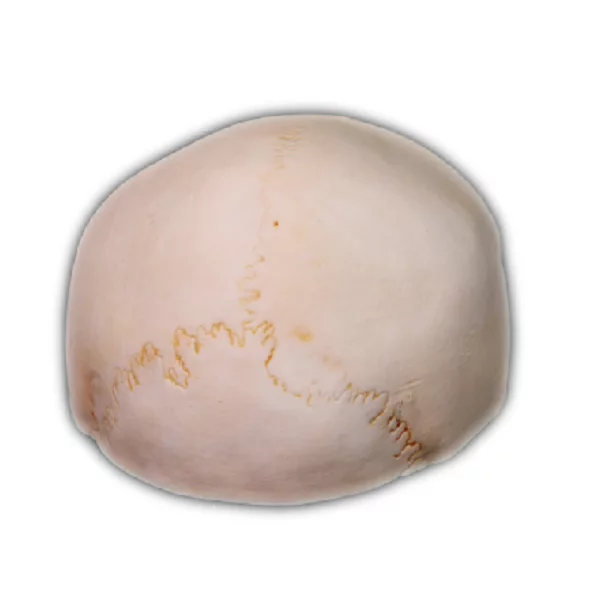
virtual reality anatomy education is transforming the way students learn about the human body. With immersive experiences and interactive simulations, this cutting-edge technology offers a new level of engagement and understanding.
The Power of Virtual Reality in Anatomy Education
Incorporating virtual reality into anatomy education allows students to explore the intricacies of the human body in a realistic and interactive manner. They can dissect virtual cadavers, manipulate organs, and even witness physiological processes firsthand. This hands-on approach enhances their comprehension and retention of anatomical knowledge.
DIGIHUMAN: A Breakthrough in Anatomical Visualization
DIGIHUMAN is an innovative software that utilizes virtual reality to create highly detailed 3D models of the human body. By combining medical imaging data with advanced graphics, it provides an unparalleled level of accuracy and realism. Students can navigate through different layers of tissues, zoom in on specific structures, and gain a comprehensive understanding of human anatomy.
The Future: Virtual Reality Medical Training System for Anatomy Education
A virtual reality medical training system specifically designed for anatomy education is currently being developed. This groundbreaking technology will enable students to practice surgical procedures virtually, improving their skills before entering real operating rooms. It will also provide a safe environment for experimentation without any risk to patients’ lives.
In Conclusion

Virtual reality anatomy education holds immense potential for revolutionizing how we teach and learn about the human body. By offering immersive experiences, detailed visualizations like DIGIHUMAN, and future advancements such as virtual surgical training systems, this cutting-edge technology opens up exciting possibilities for medical education.
Click virtual reality medical training system for anatomy education.
